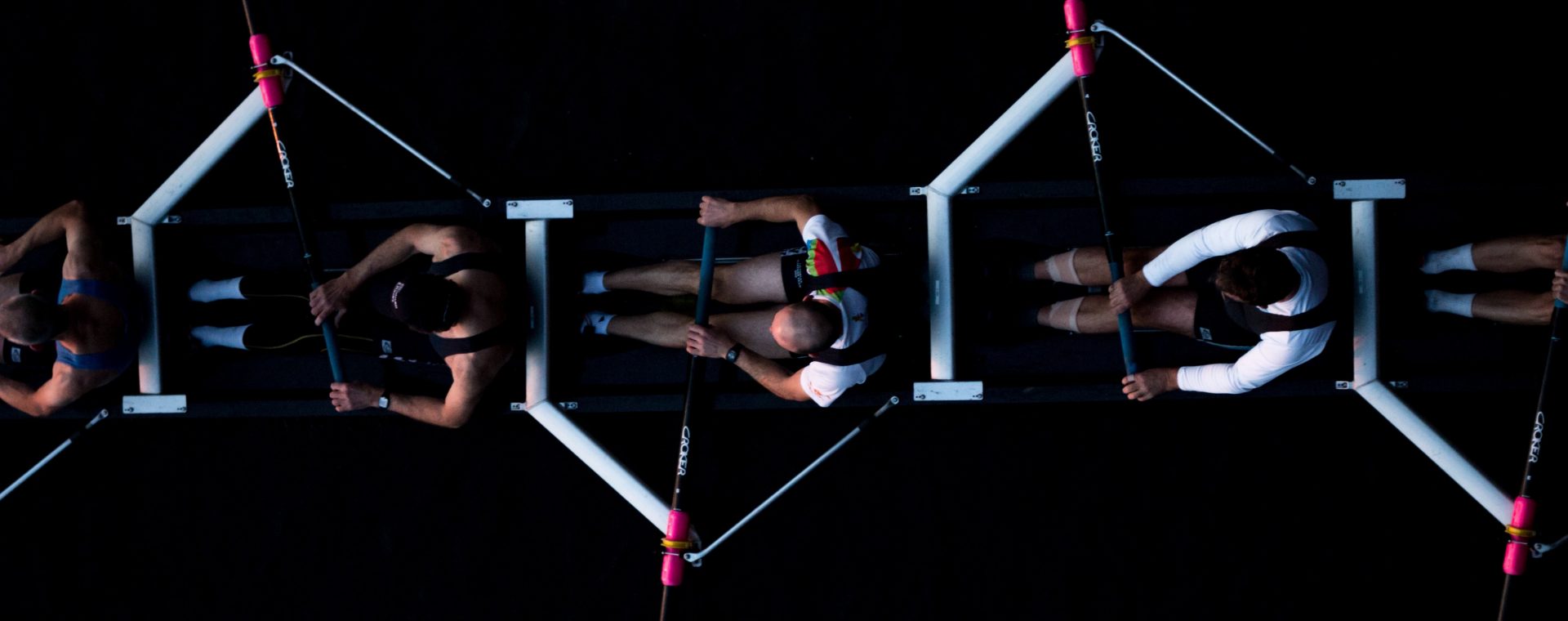
The COVID-19 pandemic acted as a crucible for educational practices across the world and at Qatar Academy for Science and Technology (QAST), the pressure to rapidly transform and respond to the needs of our students, teachers, and community was no different. We felt we were current and QAST’s initial steps went smoothly. Within days, however, it was clear that our way of thinking about what was effective learning was inadequate. Despite our best efforts, advanced planning, professional development, and open lines of communication, our way of thinking about distance learning was shaped by our in-school ideas. Thankfully, we had a preparedness mindset and this allowed us to make a quick succession of changes that led to improved student learning and well-being.
Early on at QAST, we employed a new criterion of administrative practice without actually knowing what it was: Preparedness Leadership. In our effort to understand how to respond to COVID-19, we were preparing early using data and communication tools. Our preparations helped us move with confidence, even though we did not know all of the answers.
Preparedness Leadership, is based on the premise that we can never predict the future and therefore never be perfectly prepared. However, we realized that we could be current, or up-to-date in our use of online delivery systems, lines of communication and other digital tools. To be current, we determined that we needed information about our learners, teachers, parents, and community. Our school mission would shape our decisions.
We had four priorities: 1) insuring the learning and well-being of our students, 2) that our teacher well-being would be supported by training and responsive conversations; 3) communication with our parents was early, open, and bilateral; and, 4) information was gathered avidly within our schools, peers, and international community.
Data and communication were at the heart of our approach. We set up a texting group with members in different parts of our organization with connections to business, educators in COVID countries ahead of us, and our local embassies. This allowed us to have timely information and discussions with our community and develop with confidence the means to respond to some possible scenarios. Even though we could not make any predictions, we did have confidence in our mission and how we would approach challenges that we knew would come. Our communications to students, teachers, and parents anticipated the transition to distance learning. This clarity, in turn, buoyed the confidence of our students, teachers, and parents immensely.
Weeks before our transition, we realized we could never be adequately prepared. There were too many variables. We pivoted by asking questions: What did our students need to learn about the digital platforms? How would we deliver our hands-on work? How would we assess student work? Were our teachers ready to deliver online lessons? Can we train and test their readiness? What did the teachers need to learn? What would we communicate with our parents? These questions and many more were understandable and we collected our data and acted on it before we began distance learning. By doing so we believed we were current, though remained ready to adjust to the kinds of details we could not know.
Once we transitioned to distance learning, the fog of rapid change caused an instantaneous myopia focused on solving immediate problems. Our first daily timetable was similar to our in-school schedule. This was exhausting for our learners and for our teachers. The hours of preparation alone prevented our teachers from delivering their very best. Students began turning in late work of lower quality and our teachers reported that they were working around the clock to fulfill their obligations. The stress on our learners and teachers gave us pause. We knew we would have to change…quickly.
Our fog lifted when we surveyed our learners, teachers, and parents on the third day of distance learning. Conducting the surveys so early was counterintuitive though upon reflection, it was the one true innovation that worked. The data spoke volumes and before any aversion to change set in, we trained teachers on a more useful teaching platform and then initiated these changes days later. We changed our guidelines on class times, homework, synchronous classes, and a myriad of other practices. And then we did it all again the following week. Within two weeks, we had landed on a mission-focused flow of teaching and learning that was compassionate and learning filled.
Our mission guided our approach. As a STEM school dedicated to participating and engaging in Qatar’s long-term goals, our students developed 3D printed PPE prototypes using our in-school 3D printers. Students developed public information videos on how to go to the grocery store safely based on the science and propagation of the virus. Student and teacher well-being were paramount and our administrative team called parents to find ways to support each student, we held weekly advisory group sessions that attended to the stresses students were experiencing, and each administrator and the counselor held weekly office hours for teachers, students, and parents. To date, our students continue to learn and all have demonstrated growth. Our teachers became more effective on at least three video conferencing systems and a new balance of work and reflection emerged.
We are now asking what is worth keeping when we emerge from our homes and start in-school lessons once again. How will we prepare for our new normal prior to a vaccine? With our preparedness mindset and one foot in the future, we will not be able to predict the next challenge, though we will be ready for it nonetheless.


